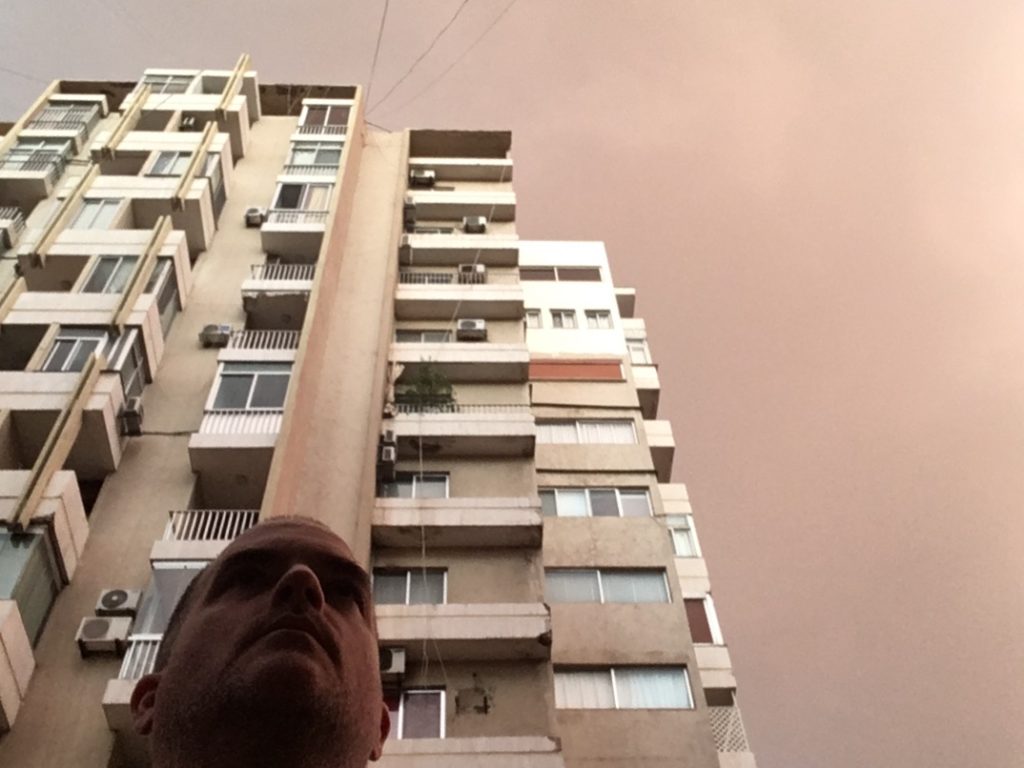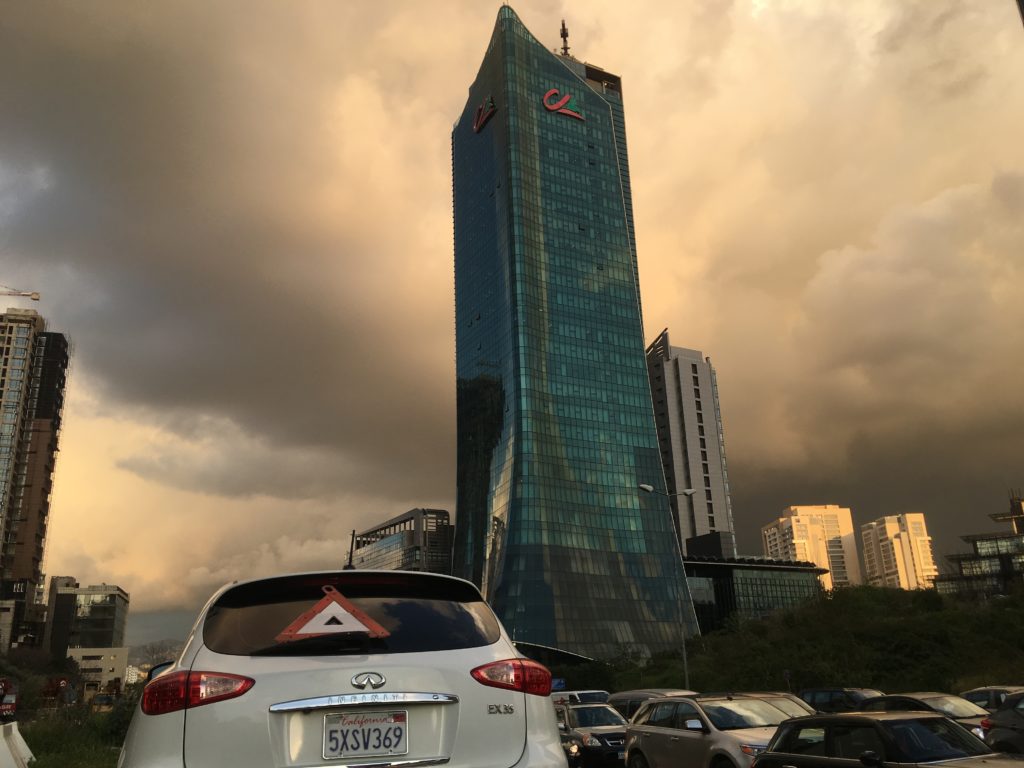
Beirut- It had been twelve and a half years since I’d last set foot into Lebanon’s cacophonous seaside capital. In July of 2006 I arrived here to cover the war that had suddenly erupted between a troika of war fighting groups-Hezbollah, Harakat Amal, and Hizb as-Suyu al-Lubnani (the Guevarist-leaning Lebanese Communist Party) battling the invading Israel Defence Forces following a Hezbollah provocation that resulted in a pair IDF conscripts being taken captive and three others killed. The war ravaged Lebanon’s infrastructure that was already tremendously enfeebled by the 1975-1990 factional civil war.
Although virtually no societies in ethnic Arab-majority nation-states are culturally monolithic, the Levant is often termed a mosaic society for its relgio-cultural complexity. The same can be said for Syria and many parts of Iraq. These three states are composed of troubled, pluralistic societies that tend to upend tired orientalist stereotypes rather than uphold them. Lebanon with its Mediterranean coast that faces EU member state Cyprus offshore is by far the most accessible with its relative openness and visa policy (well depending on one’s passport of course).
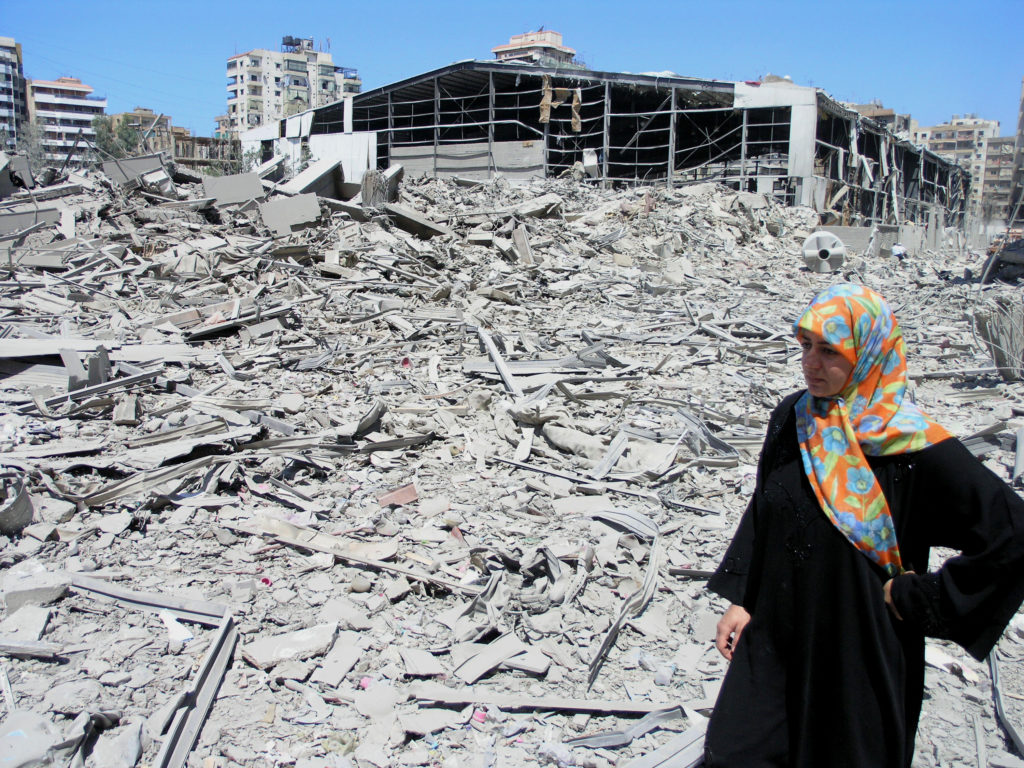
The global breadth of the Lebanese mercantilist diaspora amplifies this aspect from the West to West Africa helping this small, fractious state punch well above its weight in terms of cultural impact as well as business acumen. It is as if the distinct ancient groups that comprise this land are tesserae that piece together to form a mesmorising Roman-period mosaic. With each war, the tesserae chip and break and are looted. Emigration and cultural destruction have damaged the mosaic tremendously across the Levant, or Sham if you prefer. But still there is a head, then there is a heart, then emerges an outstretched hand.
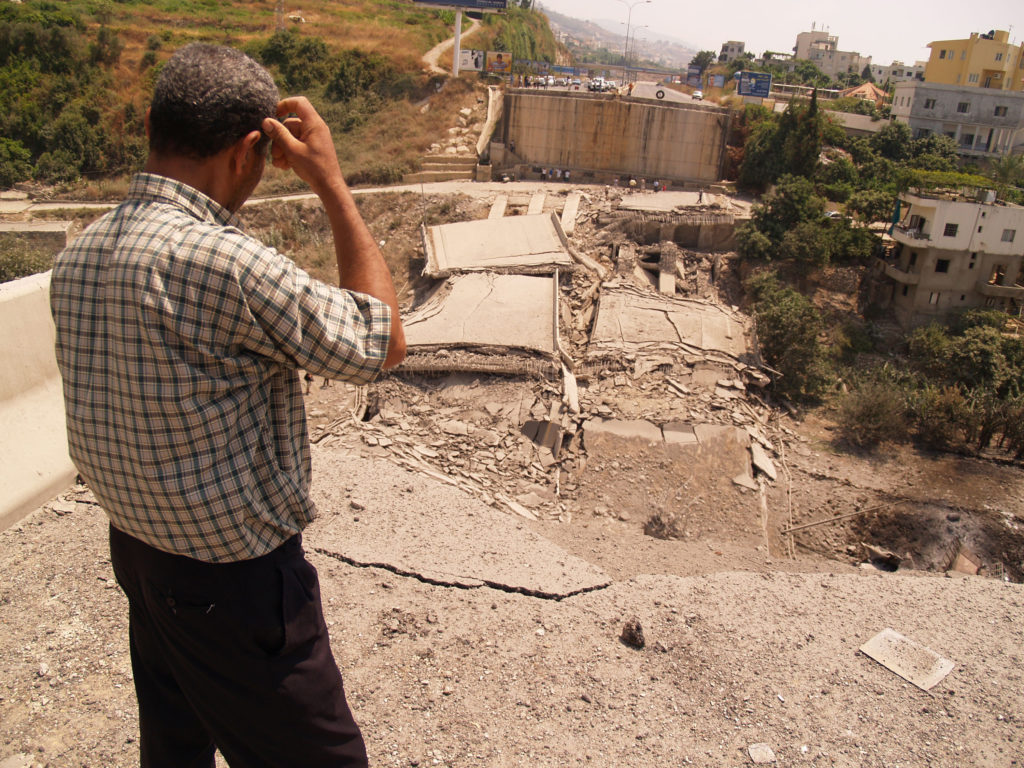
The IDF launched a vicious campaign of collective punishment on Lebanese society as a whole. This ultimately strengthened Hezbollah’s position in the country’s domestic political polity. Its guerrilla push back of the IDF further cemented its self-created image as a ‘resistance’ organisation. After all, without the occasional foreign occupying force, what is there to resist? Without the necessity to resist what rationale is there to continually remain in the political sphere? The IDF played perfectly into their hands. As the war ground on and the air strikes widened, Lebanese from many different stripes heralded Hezbollah and the other temporarily allied militias efforts to defend the nation.
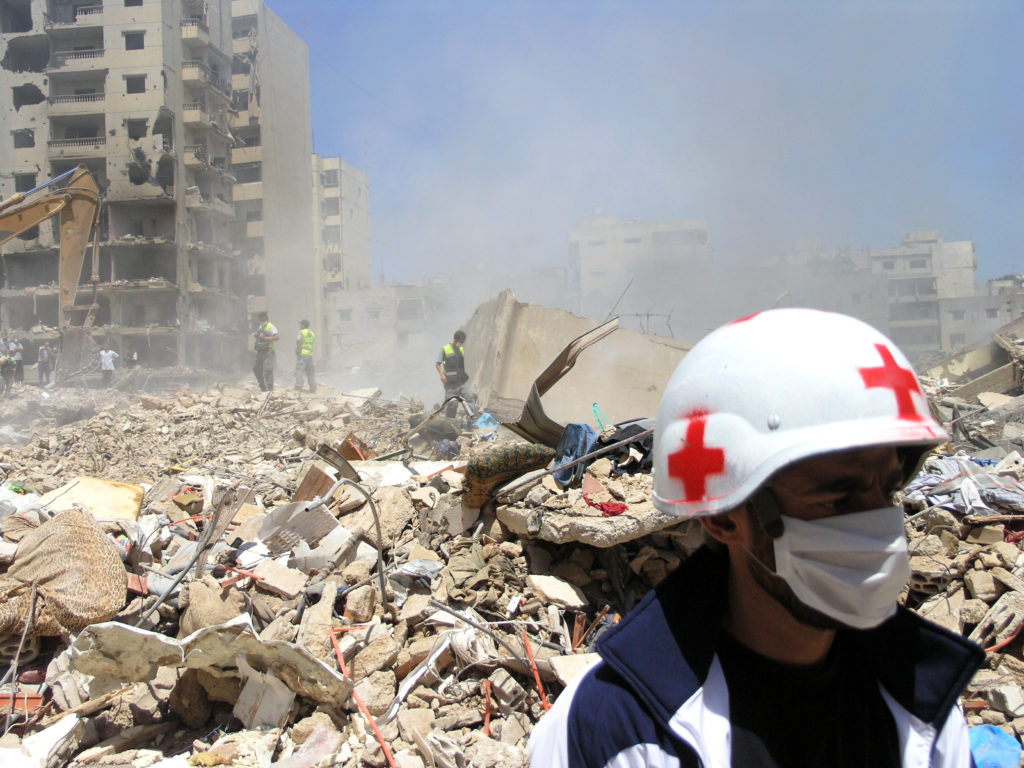
I’d always meant to return to Beirut in part to retrace my steps from that tumultuous summer but also to create new memories in a recovering urban landscape. But each year, new conflicts erupted in places near and far and I simply kept putting a return off. Now in 2019, as i journey incrementally back to Syria’s scorched battlefields, instead of going the usual route via Istanbul, I decided to take a different path this time around. On my agenda was to find my old apartment block from that terrifying time in the city’s Ghabi neighbourhood east of of the Phalangist stronghold of Sassine Square. After a fantastic vegan Armenian lunch in Bourj Hammoud with a couple of American aid workers I’d met who’d both previously been stationed in Iraq, I hiked up to Achrafieh and descended into the warren-like hills looking for a memory.
It wasn’t as easy to find as I’d envisioned partly due to the new structures that had cropped up in the area in the last decade. When I finally did find it, I was taken aback by this otherwise quite ordinary, dated Mediterranean style building. Not because if its banal architectural traits but because the intensity of the memory it held for me within. Racing out to the balcony at 3:30 am to see a fire ball erupting from another apartment block. Over and over.
Parts of Beirut are booming now, with large parts of the city being gentrified or wholly redeveloped. Hezbollah made a catastrophic mistake in challenging the military might of an Israeli state ready to swivel its posture from one of defence to offence with the slightest casus belli. The IDF should have known better than to invade Lebanon six years after it finally withdrew its forces. The belligerents battered each other, innocents were slaughtered, and illiberal political actors only further entrenched themselves in their respective Levantine echo chambers.
